SEARCH






|
|
|
|


by Editor HJ Yang
Edited and published by Yvette Depaepe, the 1st of May 2024
Before I finished the summer Alaska trip with Marc Adamus in 2019, he asked me if I would be interested in joining him for a special explorer expedition to Patagonia in 2022. He told me that that was his own trip and he would only bring in the people he knew and liked. He and his local guide still were in planning state, figuring out all logistics, mapping out the route and landing locations. So it would be complete new to him as well. Since I had excellent experience on the trip, I jumped on the challenge and agreed to join the special expedition in three years.
“Good morning, Patagonia!”
I arrived at Punta Arenas on April 26, 2022 and met Marc Adamus (marcadamus) and six guest photographers, Allen and Jasper from Oregon, Michael and Ale from Israel, Ayaz from UK, and Amit from Toronto. We left next morning with guide Alexander and drove three hours to Torres del Paine National Park, stayed at Pehoe Lodge in the Pehoe Lake inside the park for three nights. We shot at several locations in the park including night photographs.
Torres del Paine National Park (in Spanish: Parque Nacional Torres del Paine) encompasses mountains, glaciers, lakes, and rivers in southern Chilean Patagonia. The Cordillera del Paine is the centrepiece of the park. It lies in a transition area between the Magellanic subpolar forests and the Patagonian Steppes. The park is located 112 km (70 mi) north of Puerto Natales and 312 km (194 mi) north of Punta Arenas. The park borders Bernardo O'Higgins National Park to the west and the Los Glaciares National Park to the north in Argentina territory. Paine means "blue" in the native Tehuelche (Aonikenk) language, while Torres means “towers". It was established as a National Park in 1959.
In 2013, it measured approximately 181,414 hectares (700 sq mi). It is one of the largest and most visited parks in Chile. The Torres del Paine are the distinctive three granite peaks of the Paine mountain range or Paine Massif. From left to right they are known as Torre d'Agostini, Torre Central and Torre Monzino. They extend up to 2,500 metres (8,200 ft) above sea level and are joined by the Cuernos del Paine. The area also boasts valleys, rivers such as the Paine, lakes, and glaciers. The well-known lakes include Grey, Pehoé, Nordenskiöld, and Sarmiento. The glaciers, including Grey, Pingo and Tyndall belong to the Southern Patagonia Ice Field.
“Reflection”
“Night in Torres del Paine”
“Torres del Paine”
“Autumn I”
“Autumn II”
“Autumn mountain”
"Lago Pehoe”
Our real special expedition journey started at Puerto Natales after the national park visit. Puerto Natales is the capital of both the commune of Natales and the prvince of Última Esperanza, one of the four provinces that make up the Magallanes and Antartica Chilena Region in the southernmost part of Chile. Puerto Natales is the only city in the province.[4] It is located 247 km (153 mi) northwest of Punta Arenas. It is the final passenger port of call for the Navimag ferry sailing from Puerto Montt into the Señoret Channel as well as the primary transit point for travellers to Torres del Paine National Park, Chile.
It is located at the opening of Última Esperanza Sound and was originally inhabited by the Kawésqar or Alacaluf people and the Aoniken or Tehuelche people. The first Europeans to visit the area where the city is located were the expeditionaries led by Juan Ladrillero, a Spanish explorer who was looking for the Strait of Magellan's western passage in 1557.
The city was formally founded under the government of Ramón Barros Luco on May 31, 1911. Nowadays, one of its most important industries is tourism although the cattle and aquaculture industries are also significant. While winds, colds and thin soils limit horticulture in Puerto Natales there is still a small-scale local produce of zucchini, cherry tomatoes, strawberries cucumbers and carrots.
On April 30, we arrived at the Puerto Natales, boarded our chattered boat, called Exploerdor Patagonia II, met our leader guide and son of the ship owner, Chino. Marc and Chino would make all decisions for our journey as where and when we could land and camp. We also had ship captain, chef, Ping and two porters as well as our guide Alexander to help us for this special expedition, exploring the southern Chilean fjords and fjord-like channels where no one or only very few people even went.
The southern coast of Chile presents a large number of fjords and fjord-like channels from the latitudes of Cape Horn (55° S) to Reloncaví Estuary (42° S). Some fjords and channels are important navigable channels providing access to ports like Punta Arenas, Puerto Chacabuco and Puerto Natales. We made landing by zodiac and a small fast metal boat, which can take ice and small icebergs. Usually we went out in the morning and again afternoon. Sometime, we left in the morning and would not be back till 6pm for dinner. One day, we hiked from 11am to 6pm. From May 9 to 11, we camped three nights, first night on the iceberg beach and two nights on the shore of the Andrew fjord. Some night, we watched movies, one about aspen mountain climber Marc-Andre Leclerc and other one called Sugar Man about unknown musician from Detroit becoming famous in South Africa, but unknown outside South Africa due to the special situation during that time. All very inspiring. Our expedition finished on May 20.
Our most memorable moment came with our first camping outing. We were supposed to camping for three nights at a location no one had been on the river bank identified on the satellite map. We checked the weather forecast that showed fair weather for next few days. We left boat earlier morning with all stuff we need for camping. However, near our destination, we encountered an area with seven to ten feet high and thick bushes. Each of us had to fight to go through bushes and passed small creek with rush water. After reached a river bank near our final destination, we found out that there were no way we could cross the river with all our camping stuff and reach our location. Our original location is out of reach for us without a boat. So we decided that we just stayed at the river bank and camping there. After a long hiking, we all exhausted and finally could settle down. After a brief rest, we crossed the river with only camera and took some photos and crew members were setup the tents. We had beef for dinner and setup the fire next to the river. We all had forgot what we had just experienced before reaching this location. We all had good time around the fire in the evening. Around the mid night, we all went to the tent for some sleep after the exhausted day. However, just before 3am in the morning, strong wind suddenly started and heavy rain followed. Since no one expected strong wind and heavy rain, our tents were not setup in the way that could sustain such weather. After one hour struggles to re-enforce our tents, we had to give up and took up our tents and hiking back to the mom boat far distance away in dark.
The rest of the trip was much better weather prediction wise. We stayed on the boat several days due to the rain, watching some movies in evenings. Marc made call if the weather condition was good, or not for landing. However, sometime, he would call landing, then ten minutes later he would call off. Some time, we had to almost walk on the top of bush or trees in order for reaching a location. During the trip every one’s shoes got wet and soaked, except mine. This hiking was the most difficult one for most of us.
Chef Ping did a amazing job. In his tiny kitchen he created a delicious meals every day and every dinner with desert. When we camping near the end of Andrew Fjord, he even made pizza for us. Every day, the meal was different. We were all amazed how he got so much different stuffs to make much a variety of meals for every single day. Life was wonderful in the boat. Every one really thoroughly enjoyed it.
'Evening in Patagonia Fjord – Two dolphins jump toward the three sisters peaks in evening hours'
One of my favourite photos for the trip is Evening in Chile Fjord- two dolphins jump toward the three sister mountain peak. After three day camping near the end of Andrew Fjord, we took small boat back to our mom boat in evening. We saw the calm water with reflection of snow mountain peaks and dolphins jump up from water. Kneeling down on the bottom of the small boat, I took this photo. It captured some essence of the place, calm deep water, high mountain peaks, and warm evening light with wildlife at the perfect place and moment. What harmony with nature! At this place and moment, you forgot every thing in the world, just enjoy what nature brings to you in total appreciation and gratitude. You just wish that time stop there and everything frozen at that moment. What a life! My creativity and artistically skill is definitely far from enough to capture the totality of the moment and my emotion. No artist could do that unfortunately. That is the reality of our artist’s life. Time like that, all we artists could do is enjoying the moment and forgetting your work.
'Magic view through iceberg'
“Raining Autumn”
“Deep in Fjords”
“Twilight”
“Reflection in deep Fjord”
“Morning peak”
“Autumn Reflection”
 | Write |
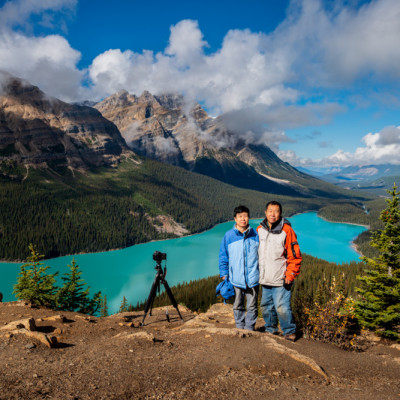 | Wanghan Li PRO So beautiful, unique and inspiring! Love your travel articles with the fantastic photos! |
 | Holger Graeber PRO stunning pictures, hard work. thank you for the interesting insight into your journey |
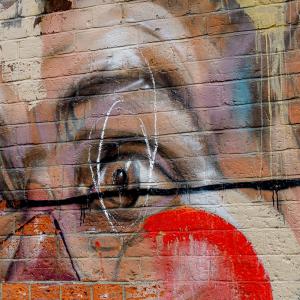 | Chris Hamilton PRO Great images, excellent lighting and moods. |
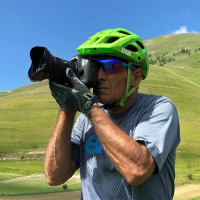 | Sergio Barboni PRO Spectacular, fascinating! |
 | Patrick Compagnucci PRO Fascinating images! |
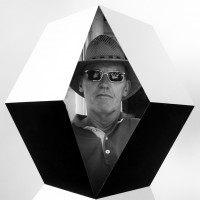 | Hans-Wolfgang Hawerkamp PRO wonderful article and a fascinating collection of moody landscape images |
 | Miro Susta CREW I enjoyed reading your story HJ Yang and the photos are top class, wonderful work, accept my congratulations, and Yvette many thanks for publishing it.
|
 | UstinaGreen PRO Wonderful illustration and many interesting information!!! |
 | SAMIR KUMAR SAMANTA Beautiful photographs, well planned . |
 | Patrick Compagnucci PRO Awesome images, and narrative! |
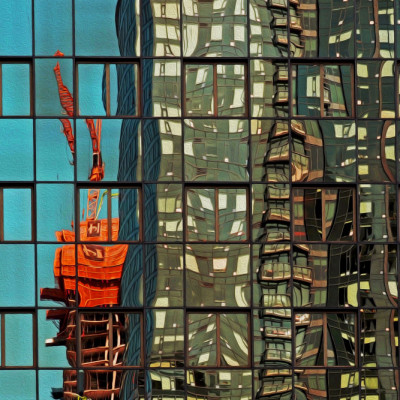 | Bole Kuljic PRO great photos as well as narrative. I feel I just got back from Patagonia:) |
 | Ineke Mighorst PRO What’s a nice work. Lovely pictures. Nice colouring and post processing. |
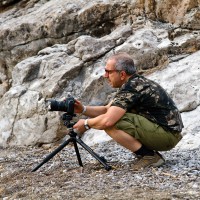 | GENNARO DI NOTO PRO STUNNING PLACES AND PICTURES! |
 | Bruce H Wendler PRO Great series bringing new views no one but locals have ever probably seen before. |
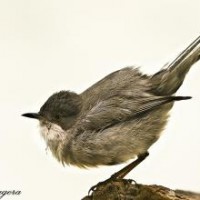 | Agustín Brugera Moreno PRO Increíble la capacidad de estas fotos de trasladarte hasta esos lugares, felicidades por tu viaje y gracias por compartir. |
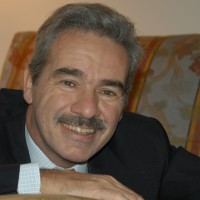 | Alberto Fasani PRO great photos and story - thanks! |
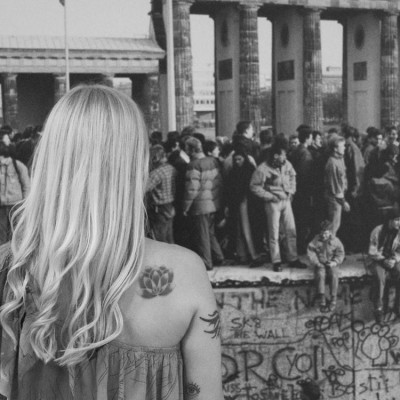 | Gabriela Pantu PRO Breathtaking journey, magic experience, I absolutely love the story.I just can imagine from the brilliant pictures the awe being surrounded by these landscapes.Congratulations, dear HJ, exquisite artwork, and thank you for sharing!And thank you dear Yvette!<3<3 |